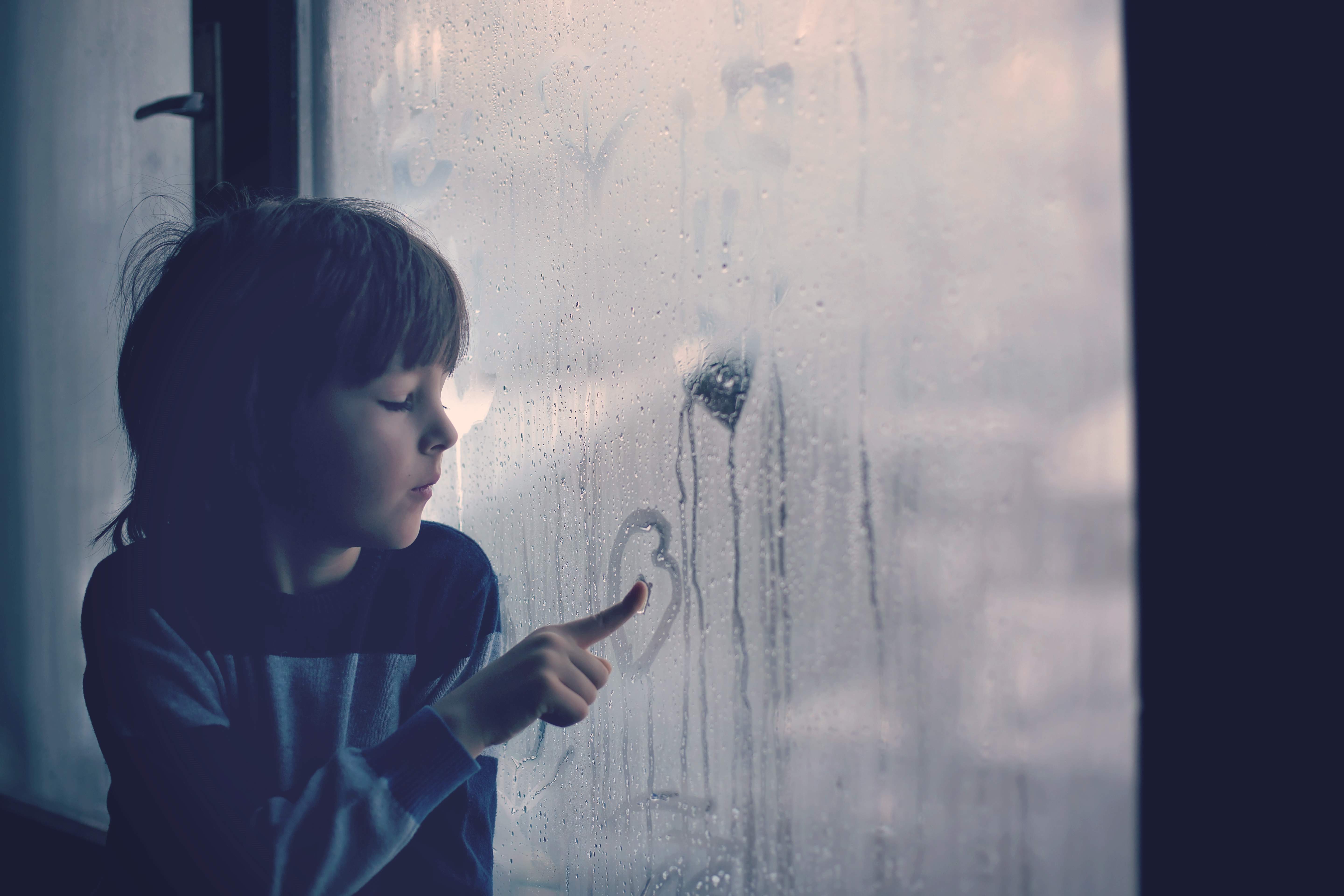
When he was little, Bry used to sleep in his mother’s bed in his Grandmother’s house. He was 2 years old when his grandmother returned from a night shift to find Bry lying on top of his mother touching her throat and mouth. She was not breathing.
By the time he met with Gaddum’s Children and Young People’s therapist, Bry was 8 years old, flush from football on the yard at lunchtime. At school he is eager to please, hardworking, and well mannered. At home, except when he has the exclusive attention of his grandmother, he can be very anxious and aggressive towards others. With the therapist he smiled shyly and spoke softly with a cautious reserve. A speech impediment occasionally obscured the pronunciation of some of his words. Alexithymia is the difficulty in retrieving words to reflect emotions, Bry seemed to struggle with this too. He had been referred for assessment for Autism but had not yet received diagnosis.
Beginning his Therapy journey
The first part of the work was to make him feel safe using breath work, relaxation, and guided visualisations. The therapist and Bry used drawings and games to forge a working relationship that was low key, non-judgemental, accepting, and playful. In the next sessions they used a variety of props for storytelling: puppets with which he improvised stories of friendship, loyalty, and loss; masks exploring what he shows the world and what he hides; and superheroes to dramatize internal conflicts.
In the sixth session messing with magic sand, Bry was comfortable enough to talk directly about what the loss of his mother meant to him. And then he developed those themes in an improvised story about a solitary man finding the pot of gold under a rainbow and sharing it with friends.
Our Therapist and Bry continued to explore expanding awareness of emotional language using a feelings wheel, but also working out other ways of showing emotions using art materials. With charcoals he drew himself as a swing in a park at night. He formed a playdough volcano impervious and cool blue on the outside, and hot ugly red lava inside. “That’s you, isn’t it?”, “Yes”, “How often do you feel like that?”, “Every day”.
Expressing his feelings through Art
In the final session, the therapist asked Bry what he’d like to do. He chose the playdough. They had been talking about digging a fishpond in his back garden, so when he took out the blue colour, the therapist thought he knew where Bry was going with that. He did make a pond but put in it an old sea dragon. She had been imprisoned for 152 years. She was trapped there by the villagers who were scared that she was going to eat them. But Bry was not afraid of her and befriended her. He taught the villagers how to play with her. And in the end, he let her out of the pond. Making friends with his monsters.
Dr Dan Hughes developed the anacronym PACE, which means playful, accepting, curious and empathetic to describe a therapeutic approach for working with adolescents. The therapist believes that those elements contributed to the work Bry and himself conducted together. His grandmother described Bry as not a great talker, but in his creative work Bry found an eloquence that the therapist hope he will continue to explore.